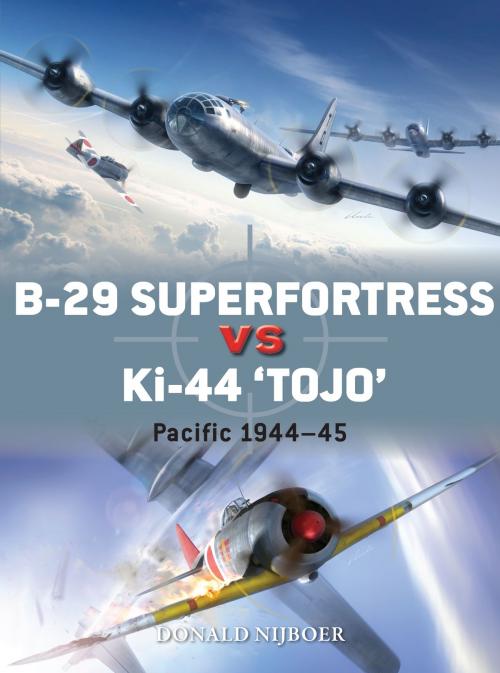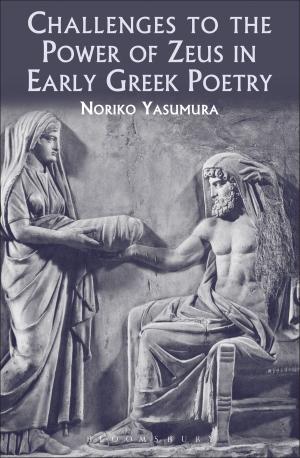B-29 Superfortress vs Ki-44 "Tojo"
Pacific Theater 1944–45
Nonfiction, History, Military, Aviation, Modern, 20th Century, World War II| Author: | Donald Nijboer | ISBN: | 9781472818881 |
| Publisher: | Bloomsbury Publishing | Publication: | October 19, 2017 |
| Imprint: | Osprey Publishing | Language: | English |
| Author: | Donald Nijboer |
| ISBN: | 9781472818881 |
| Publisher: | Bloomsbury Publishing |
| Publication: | October 19, 2017 |
| Imprint: | Osprey Publishing |
| Language: | English |
By the time the Americans began their aerial bombardment of Japan in 1944, both the JAAF and IJNAF were spent forces. What the Japanese did have though was the Ki-44 "Tojo". Armed with two 40 mm cannon, it was the most heavily armed and feared single-seat fighter to see action against the new American bomber, the B-29 Superfortress. For the bomber crews, they had what they believed was their 'ace in hole': a fully armed B-29 carried four remotely operated gun turrets and a tail gunner's position, making it the world's most advanced self-defending bomber.
In every respect the Ki-44 pilots were fighting a desperate battle. Many who made their mark did so using suicidal ramming attacks or "taiatari". Illustrated with full colour artwork, this volume examines why the Ki-44 was unable to break up bomber formations conventionally during the Pacific War, and how its ramming tactics, while terrifying, graphically revealed Japan's inability to stop the B-29.
By the time the Americans began their aerial bombardment of Japan in 1944, both the JAAF and IJNAF were spent forces. What the Japanese did have though was the Ki-44 "Tojo". Armed with two 40 mm cannon, it was the most heavily armed and feared single-seat fighter to see action against the new American bomber, the B-29 Superfortress. For the bomber crews, they had what they believed was their 'ace in hole': a fully armed B-29 carried four remotely operated gun turrets and a tail gunner's position, making it the world's most advanced self-defending bomber.
In every respect the Ki-44 pilots were fighting a desperate battle. Many who made their mark did so using suicidal ramming attacks or "taiatari". Illustrated with full colour artwork, this volume examines why the Ki-44 was unable to break up bomber formations conventionally during the Pacific War, and how its ramming tactics, while terrifying, graphically revealed Japan's inability to stop the B-29.















